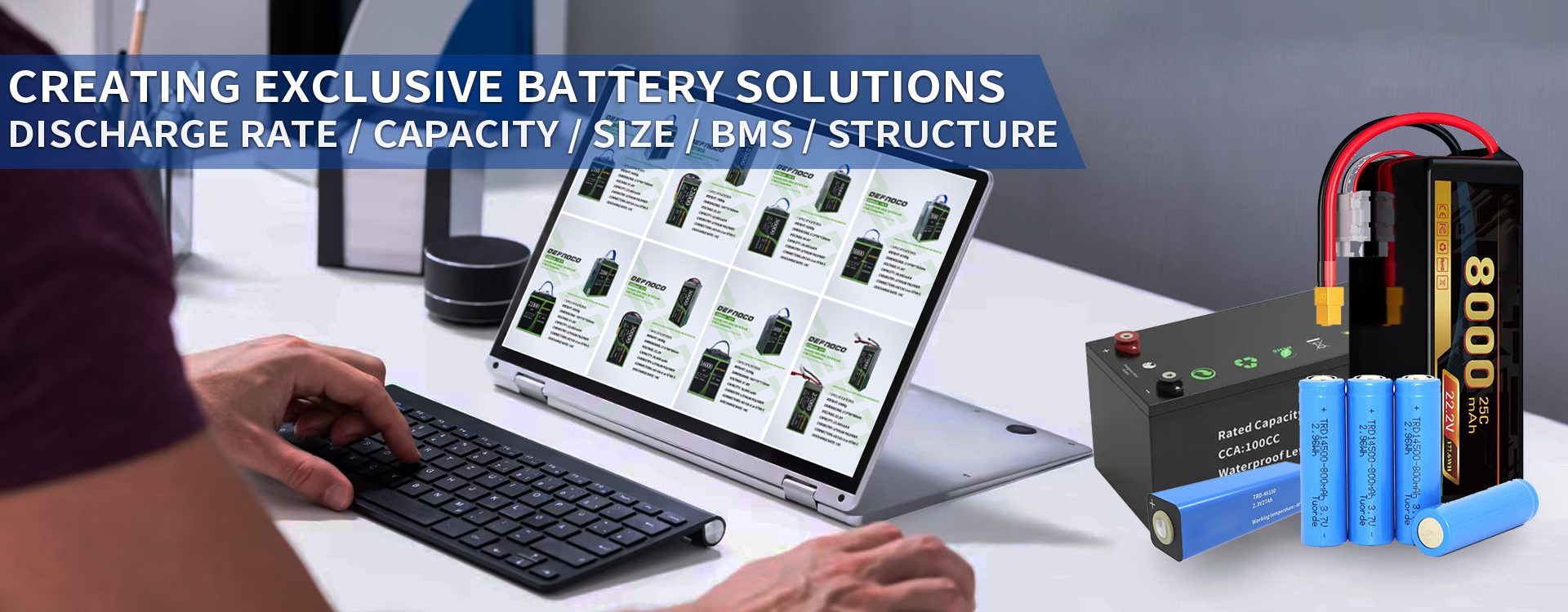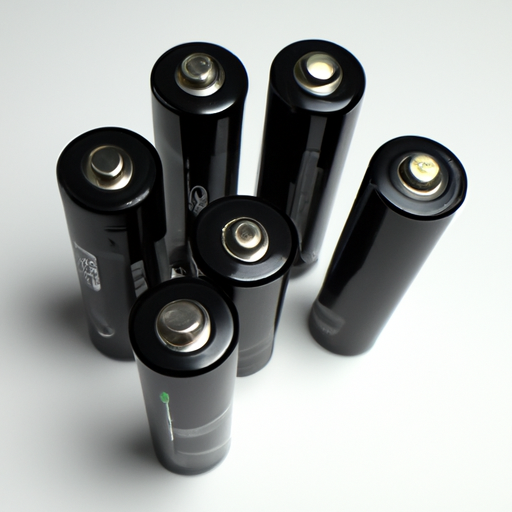
Information
dict2_description
What are the popular models of 4p battery holders?
2025-02-19
0
Common laptop battery holder popular models
2025-02-18
0
How big is the market size of blade battery holders?
2025-02-17
0
What is the product of the battery holder material?
2025-02-14
1
dict3_title
dict3_description






























